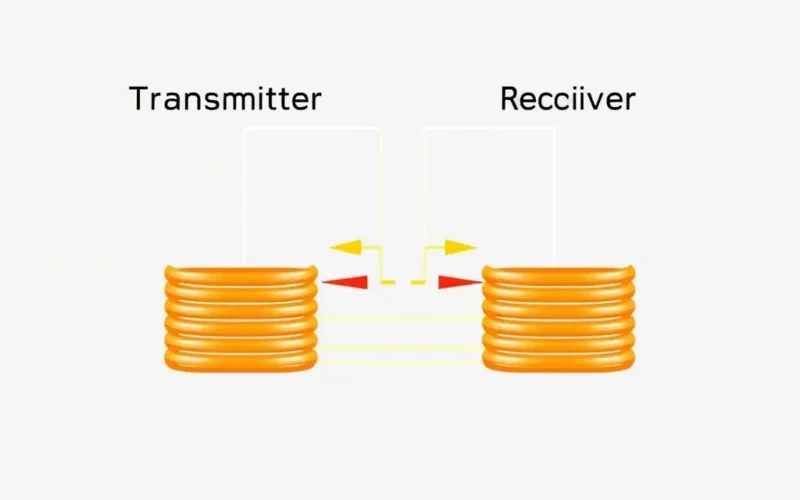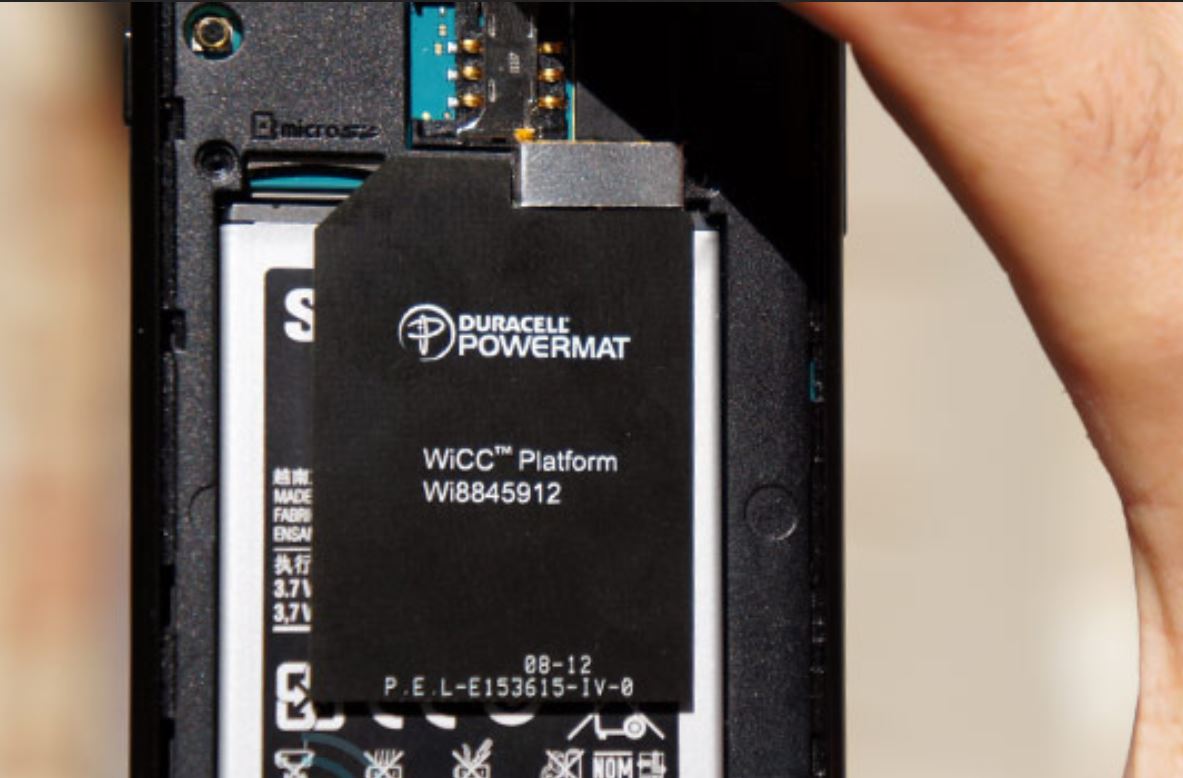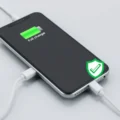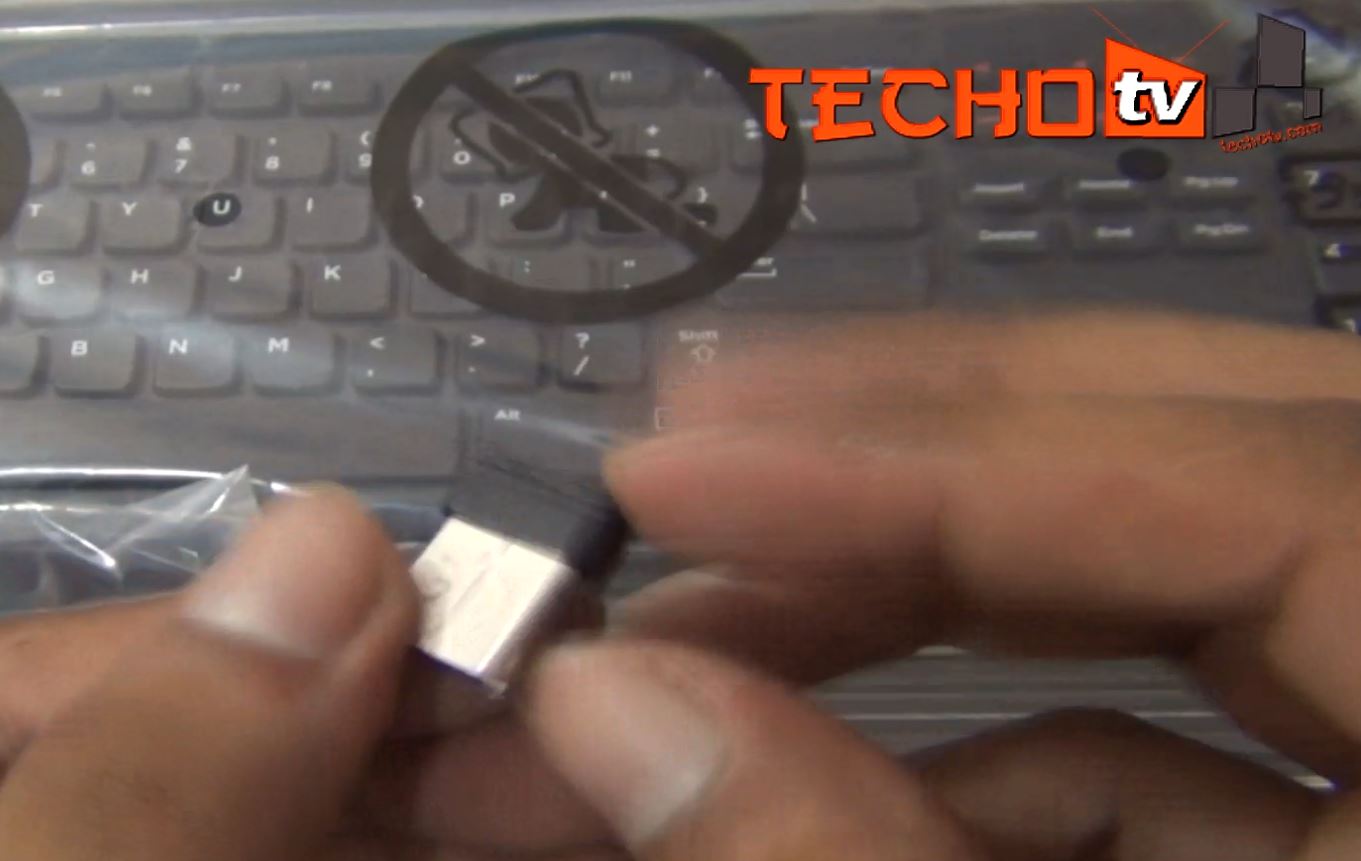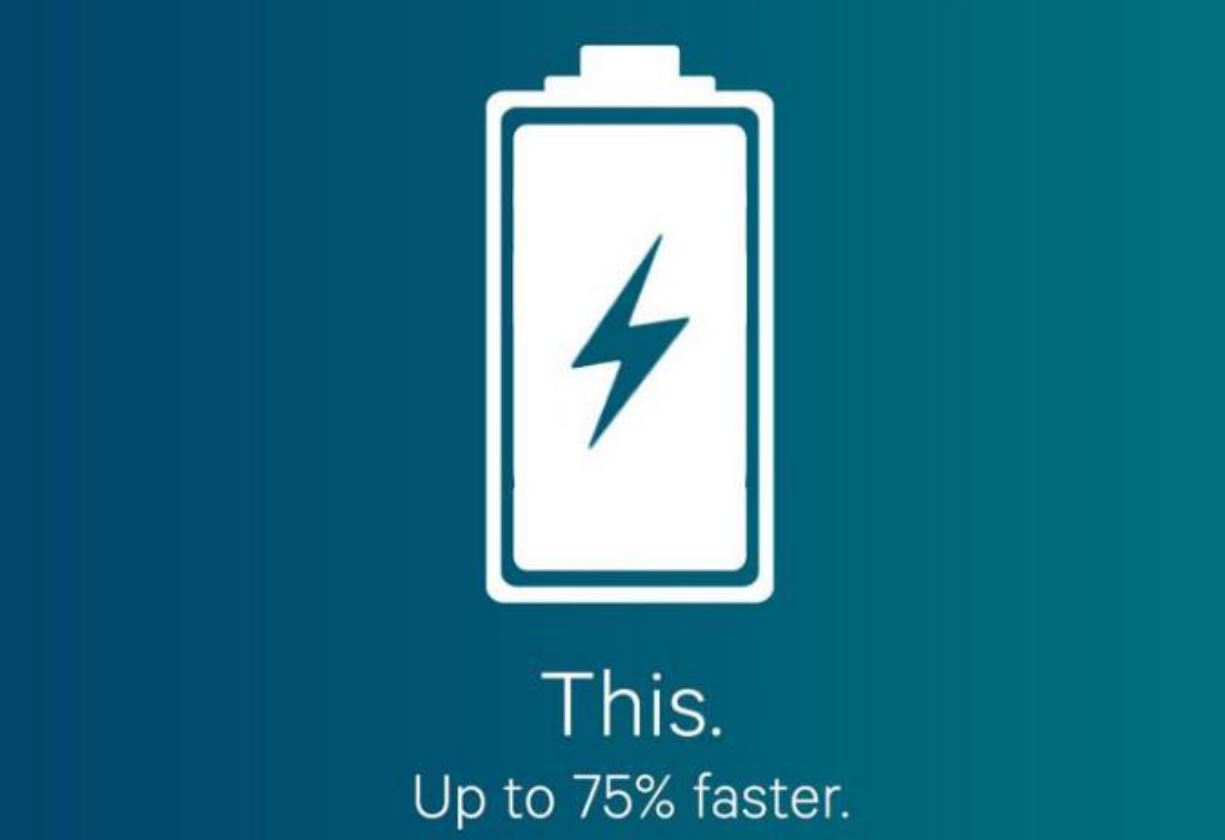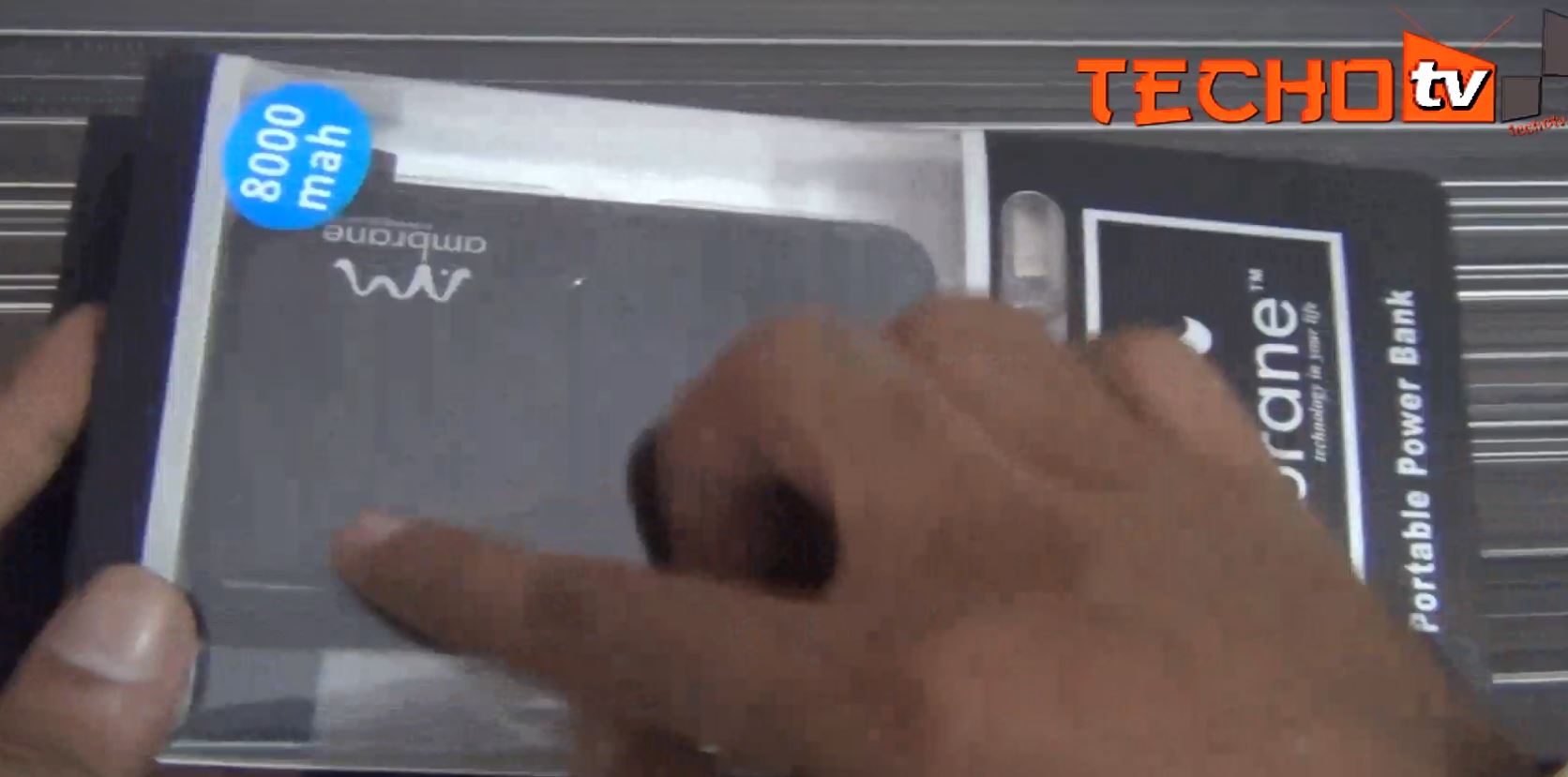Ever place your phone on a pad and watch the battery indicator magically start filling up? No cables, no fuss. It feels almost like sorcery, doesn’t it? But peel back the layers of this modern convenience, and you’ll discover it’s not magic at all, but rather some seriously cool, well-understood science.
Before we dive deep into the nuts and bolts, let’s get a quick, visual spark of how this works. We recently created a short video that perfectly captures the core concept:
Pretty neat, right? That little ‘zap’ isn’t some random energy burst; it’s a carefully orchestrated dance of physics transferring power wirelessly. Let’s break down the steps behind this seemingly effortless technology.
Table of Contents
The Heart of It: Electromagnetic Induction
At the core of most everyday wireless charging systems, like those for your smartphone, smartwatch, or earbuds, lies a principle discovered long ago by a fellow named Michael Faraday: electromagnetic induction.
Here’s the fundamental idea: A changing magnetic field can induce an electric current in a conductor, like a coil of wire, placed within that field. Think of it as a ripple effect. Create a changing magnetic field, and it causes electrons in a nearby wire to start moving, generating electricity.
This principle is actually what powers huge generators in power plants, where spinning magnets (creating a changing magnetic field) induce current in large coils of wire. Wireless charging scales this down dramatically, bringing the power plant concept right to your desktop or nightstand.
The Two Key Players: Transmitter and Receiver Coils
A wireless charging system typically consists of two main components:
- The Transmitter (Charging Pad): This is the base or pad you place your device on. Inside, it has a coil of wire, often called the primary or transmitter coil.
- The Receiver (Your Device): Your phone, watch, or earbuds also contain a coil of wire, the secondary or receiver coil, usually located near the back or bottom.
These coils aren’t just random loops of wire. They are specifically designed and tuned to work together efficiently at certain frequencies.
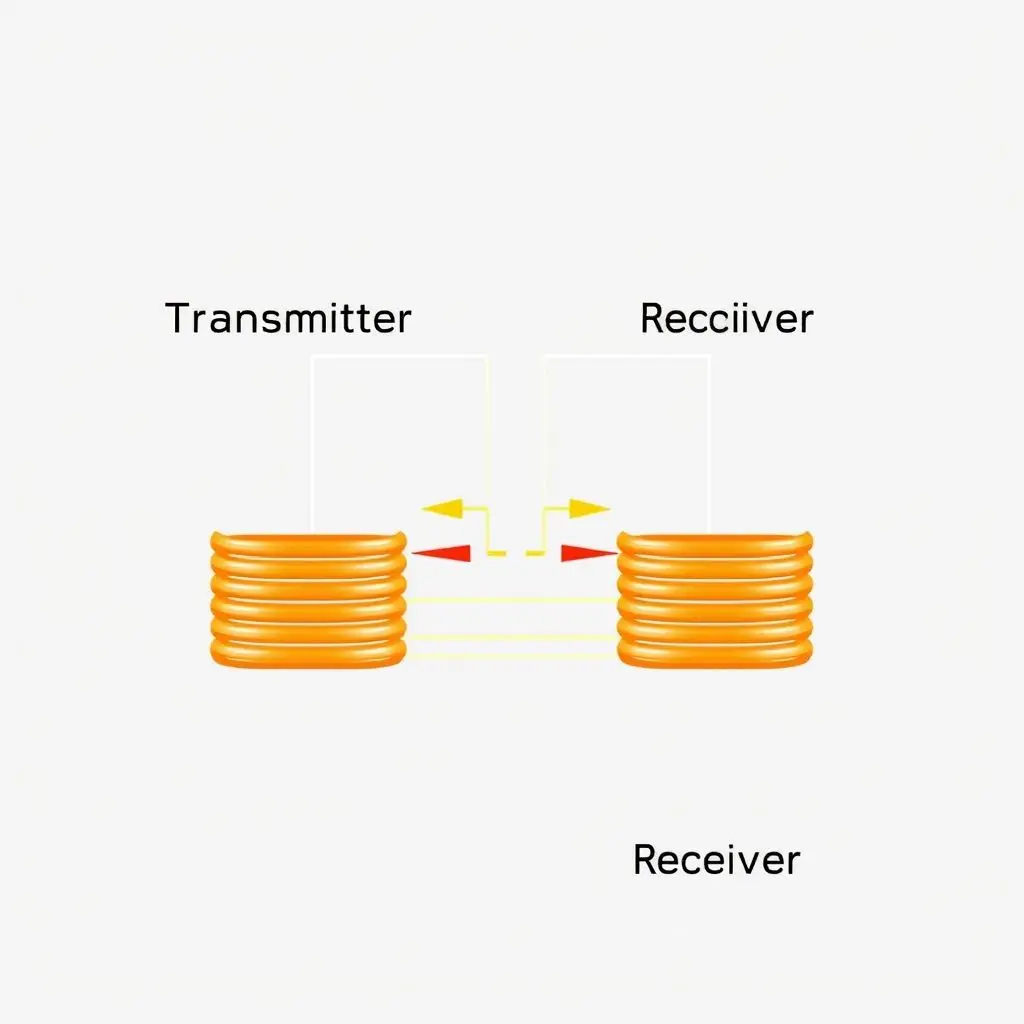
How the Power Jumps (Without Touching!)
Here’s the step-by-step process:
Step 1: Creating the Magnetic Field. When you plug the charging pad into a power source, an electronic circuit connected to the transmitter coil starts sending an alternating current (AC) through it. Unlike the direct current (DC) from a battery (which flows in one direction), AC constantly changes direction, oscillating back and forth at a specific frequency (often around 100-200 kHz for Qi standard). This rapidly changing current in the transmitter coil generates a rapidly changing magnetic field around it.
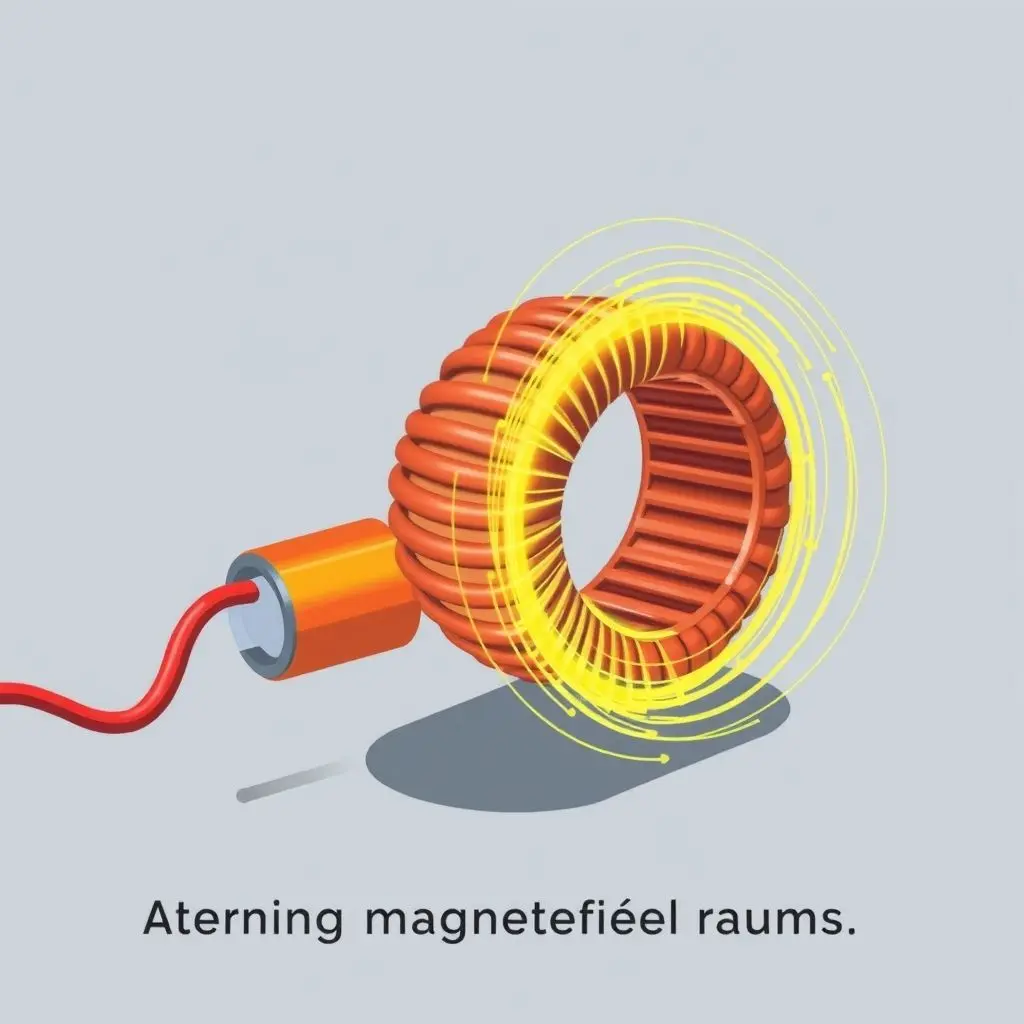
Step 2: Inducing the Current. When you place your device (with its receiver coil) close to the charging pad, this fluctuating magnetic field passes through the receiver coil. According to Faraday’s law of induction, this changing magnetic field induces an alternating voltage and thus an alternating current in the receiver coil.
Step 3: Rectifying and Charging. The AC power generated in the receiver coil isn’t what your phone’s battery needs. Batteries charge with DC power. So, the device contains another circuit called a rectifier. This circuit converts the induced AC power into DC power. This DC power is then sent to the phone’s battery management system, which controls the charging process.
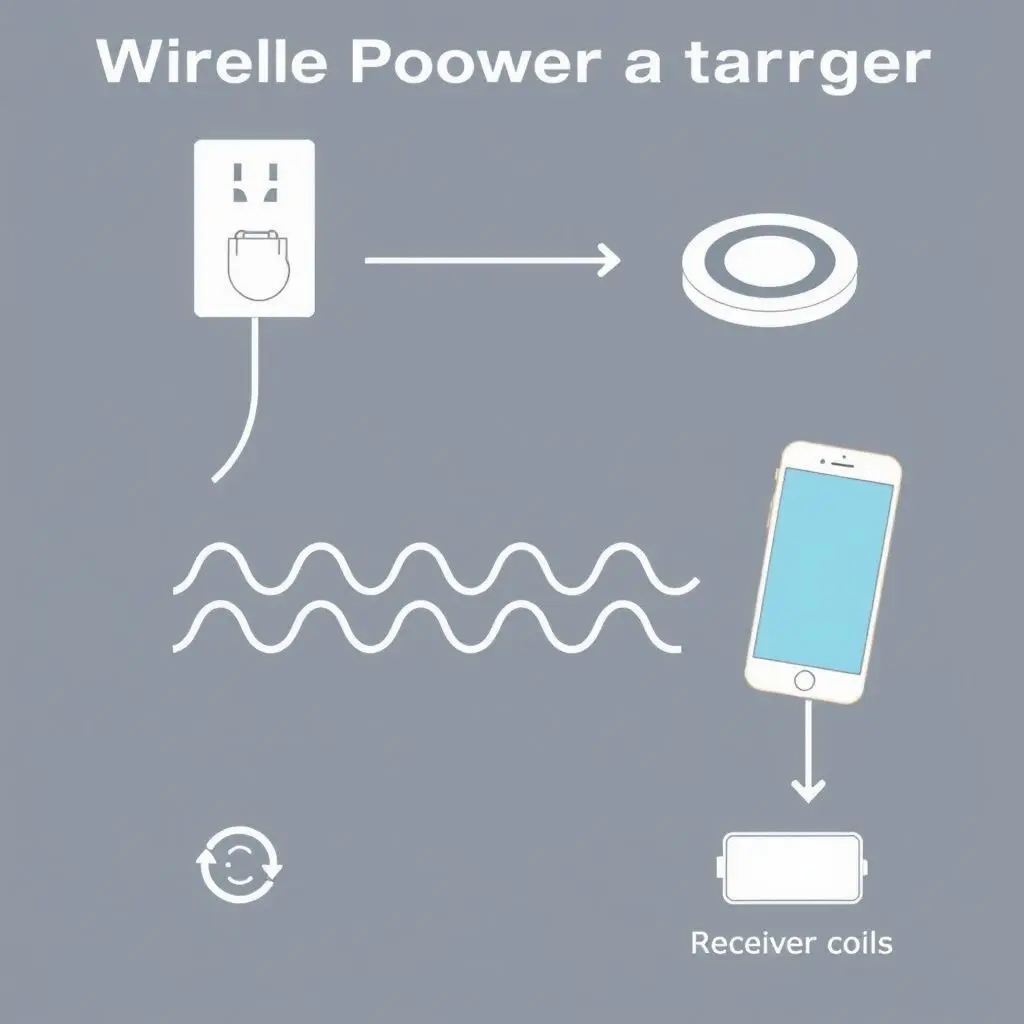
And just like that, without a physical cable connection for the power flow, your device starts charging!
Standardization: Why Your Phone Works on Most Pads
For this system to work universally, there needs to be agreement on the frequencies used, the coil designs, and the communication protocols between the charger and the device. This is where standards come in.
The most prevalent standard for consumer electronics is the Qi standard (pronounced ‘chee’), developed by the Wireless Power Consortium (WPC). Qi ensures that a Qi-certified phone will work on any Qi-certified charging pad, regardless of the manufacturer. It defines everything from the operating frequency to how the phone and pad communicate to regulate power transfer and ensure safety (like detecting foreign objects).
Beyond Phones: Other Forms of Wireless Power Transfer
While inductive charging (like Qi) is great for short distances (typically needing close contact), there are other methods of wireless power transfer being explored or used:
- Resonant Wireless Charging: This method uses coils tuned to resonate at the same frequency, similar to how one tuning fork can cause another nearby to vibrate. It can transfer power over slightly longer distances and is less sensitive to positioning than pure inductive charging.
- Radio Frequency (RF) Charging: Converts radio waves into usable DC power. Can potentially charge devices at a distance, but efficiency and power levels are currently lower for practical applications like phone charging compared to inductive/resonant methods.
- Laser/Microwave Power Transfer: High-power, long-distance concepts primarily for industrial, aerospace, or very specific applications, not consumer electronics due to safety concerns and infrastructure needs.
For our everyday devices, inductive charging via standards like Qi remains the dominant technology due to its efficiency, relative simplicity, and safety for close-range power transfer.
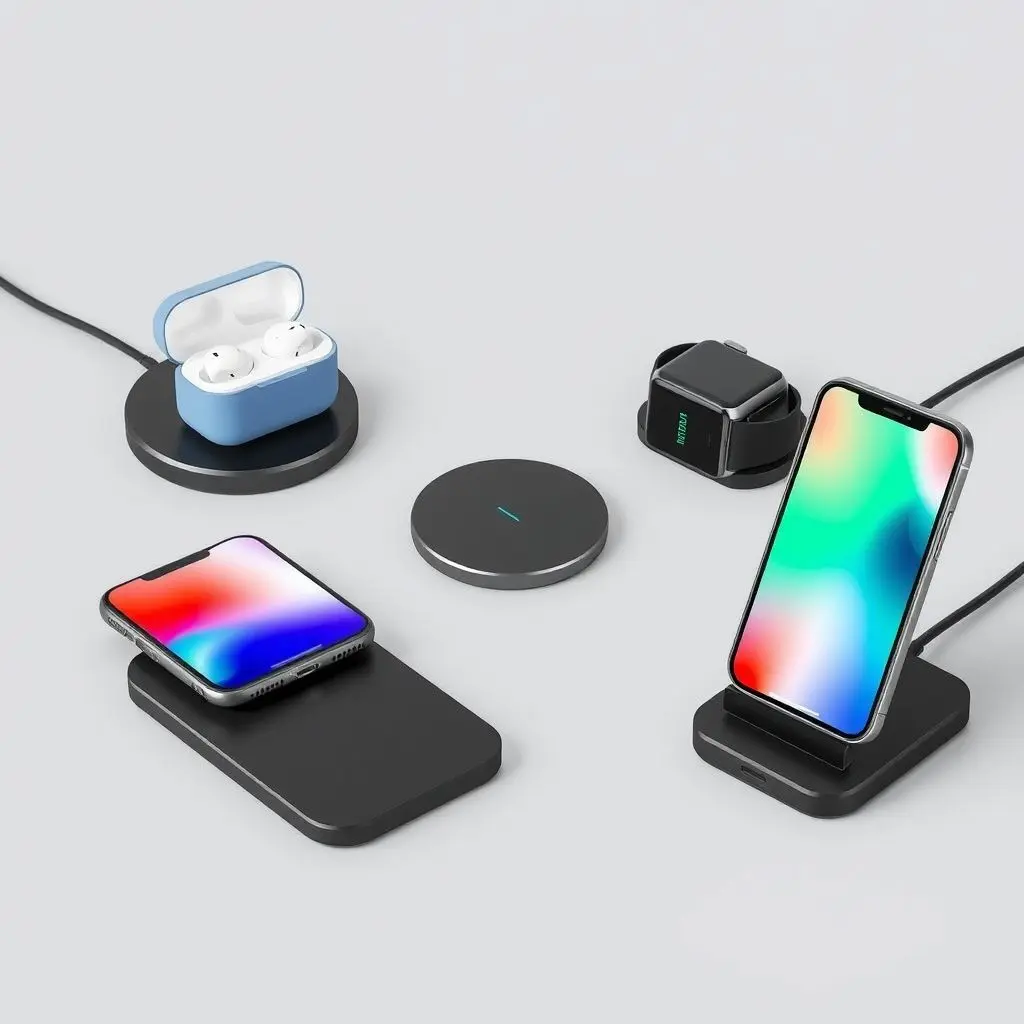
The Perks and Practicalities
The biggest draw of wireless charging is, undeniably, convenience. No fumbling for cables, no worrying about connector wear and tear, just drop and go. It’s particularly handy in shared spaces like offices or living rooms where multiple devices might need topping up.
However, it’s not without its trade-offs. Wireless charging is generally less efficient than wired charging; some energy is lost as heat during the power transfer. It can also be slower, though faster wireless charging standards are constantly evolving. Plus, you can’t easily use your device while it’s anchored to a charging pad.
Common Questions About Charging Without Wires
Let’s tackle a few frequently asked questions about this technology:
Q: Is wireless charging safe?
A: Yes, standard wireless charging systems like Qi operate at low power levels and low frequencies (relative to things like microwaves) and are considered safe for everyday use. They are designed with safety features, like foreign object detection, to prevent overheating.
Q: Can I charge my phone wirelessly with a case on?
A: Generally, yes, as long as the case isn’t excessively thick (usually under 3-5mm) and doesn’t contain metal, which can interfere with the magnetic field and cause heat.
Q: Is wireless charging bad for the phone’s battery?
A: The primary concern with any charging is heat, which can degrade battery health over time. Wireless charging can sometimes generate more heat than wired charging due to inefficiencies. However, modern devices and chargers have sophisticated battery management systems to mitigate this and manage heat. Used normally, the impact on long-term battery health compared to wired charging is often negligible for most users.
Q: Why does my phone sometimes get warm on a wireless charger?
A: Some heat is normal during the energy transfer process due to inefficiencies. Misalignment between the coils or the presence of foreign objects can also increase heat. If it gets excessively hot, stop charging and check the alignment and for obstructions.
The Wireless Horizon
From charging your electric toothbrush in its cradle to powering your phone on a coffee shop table, wireless charging is becoming seamlessly integrated into our environment. As the technology matures, we can expect faster charging speeds, potentially greater distances (though inductive will likely remain dominant for personal devices), and more creative implementations – perhaps furniture with built-in charging spots, or even eventually charging electric vehicles parked over specialized pads.
So, the next time you drop your device onto a charging pad, remember it’s not an act of magic, but a clever application of physics, transferring energy through the air using magnetic fields. It’s a tangible piece of the wireless future, here today.
